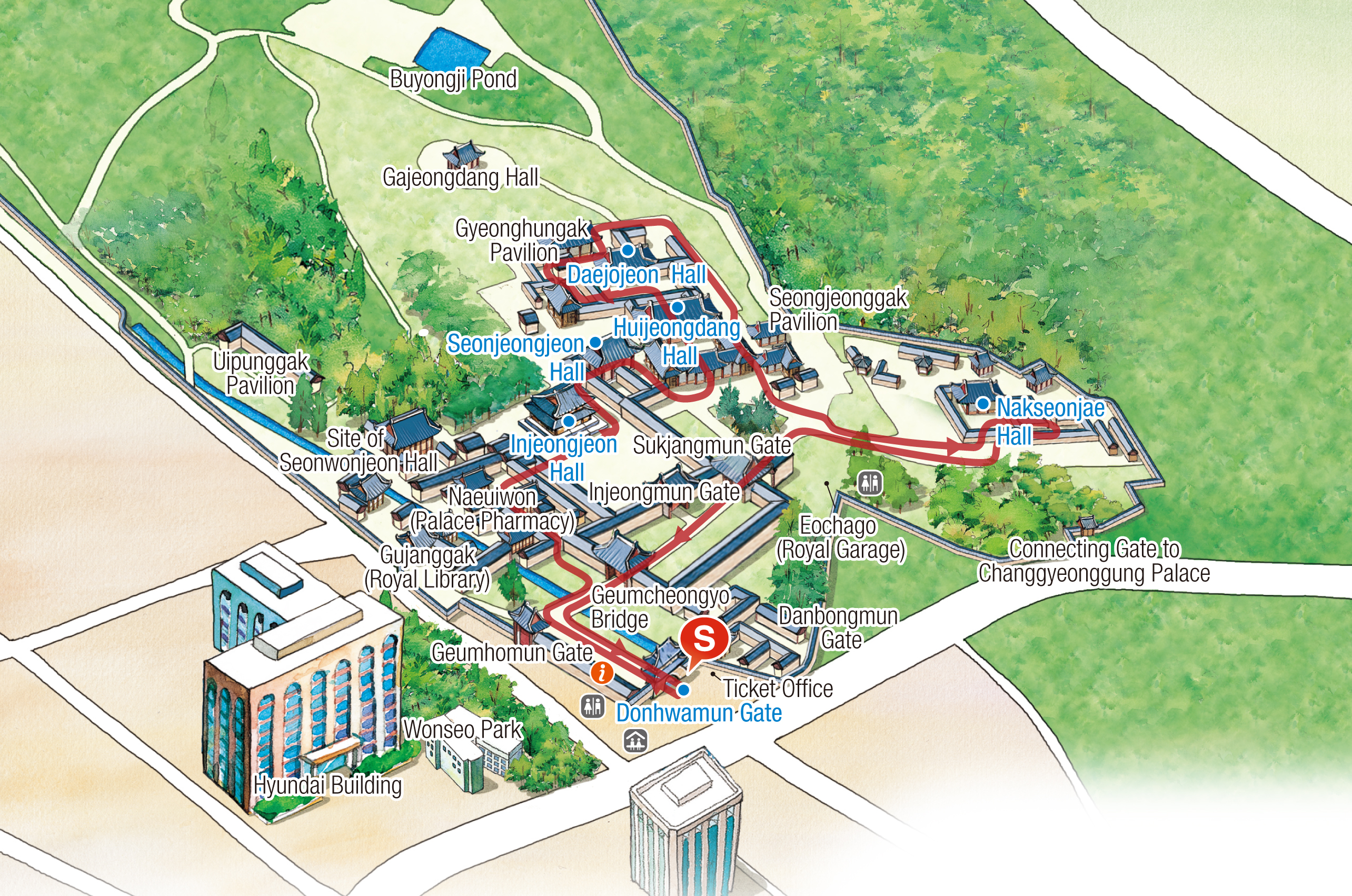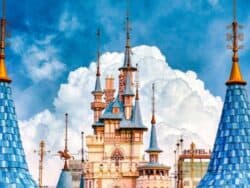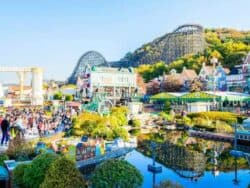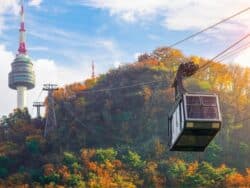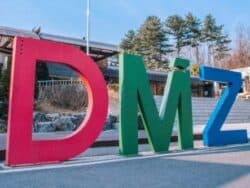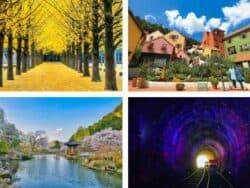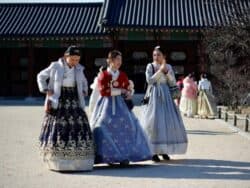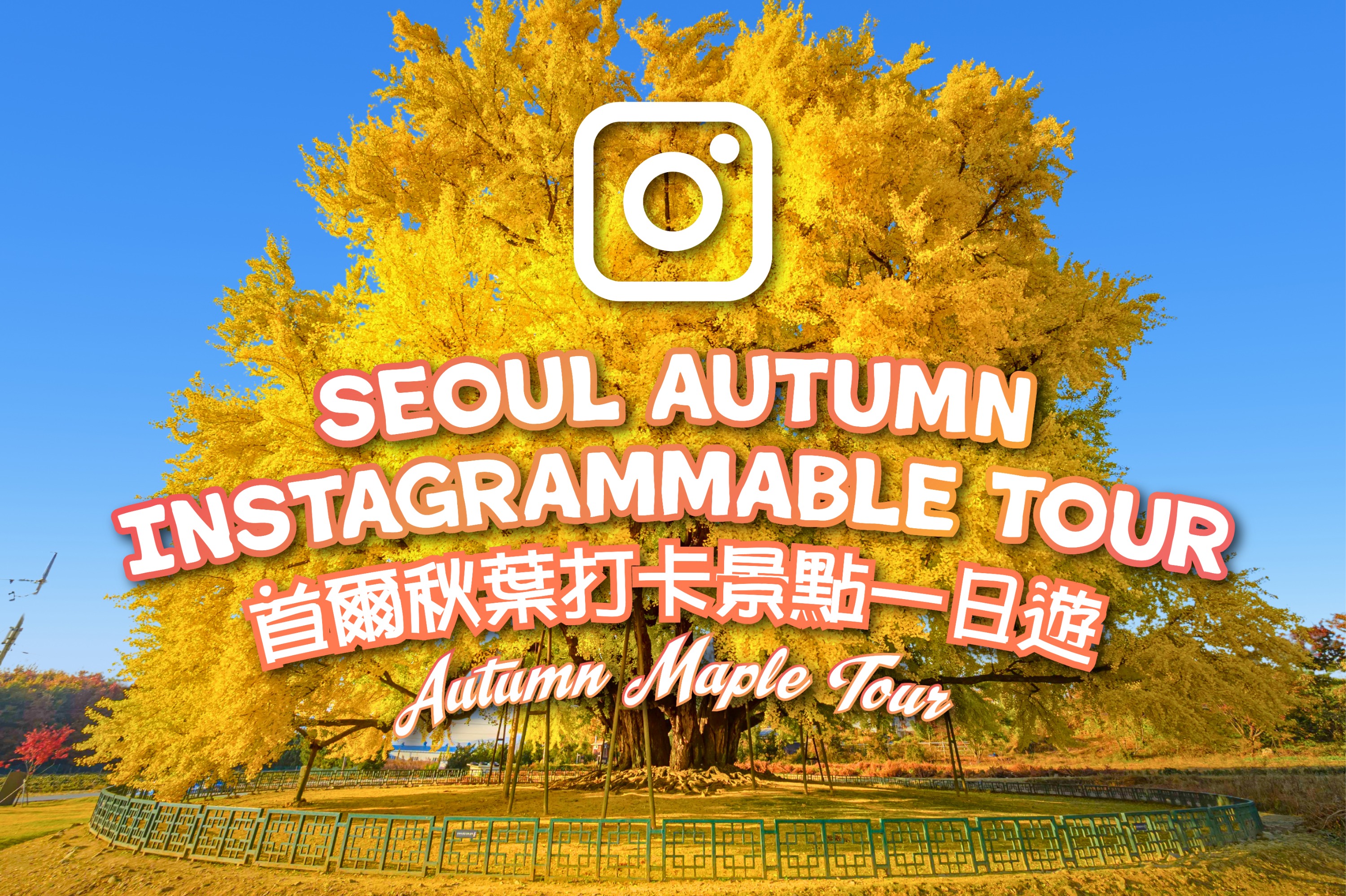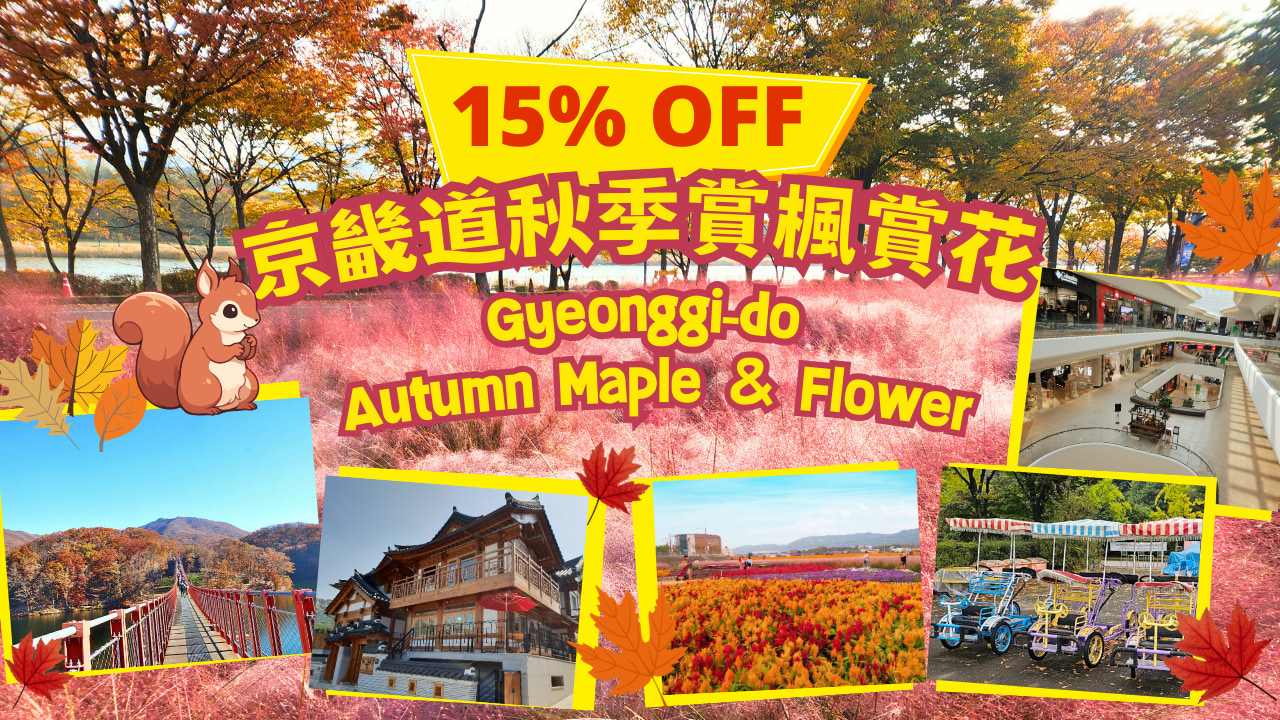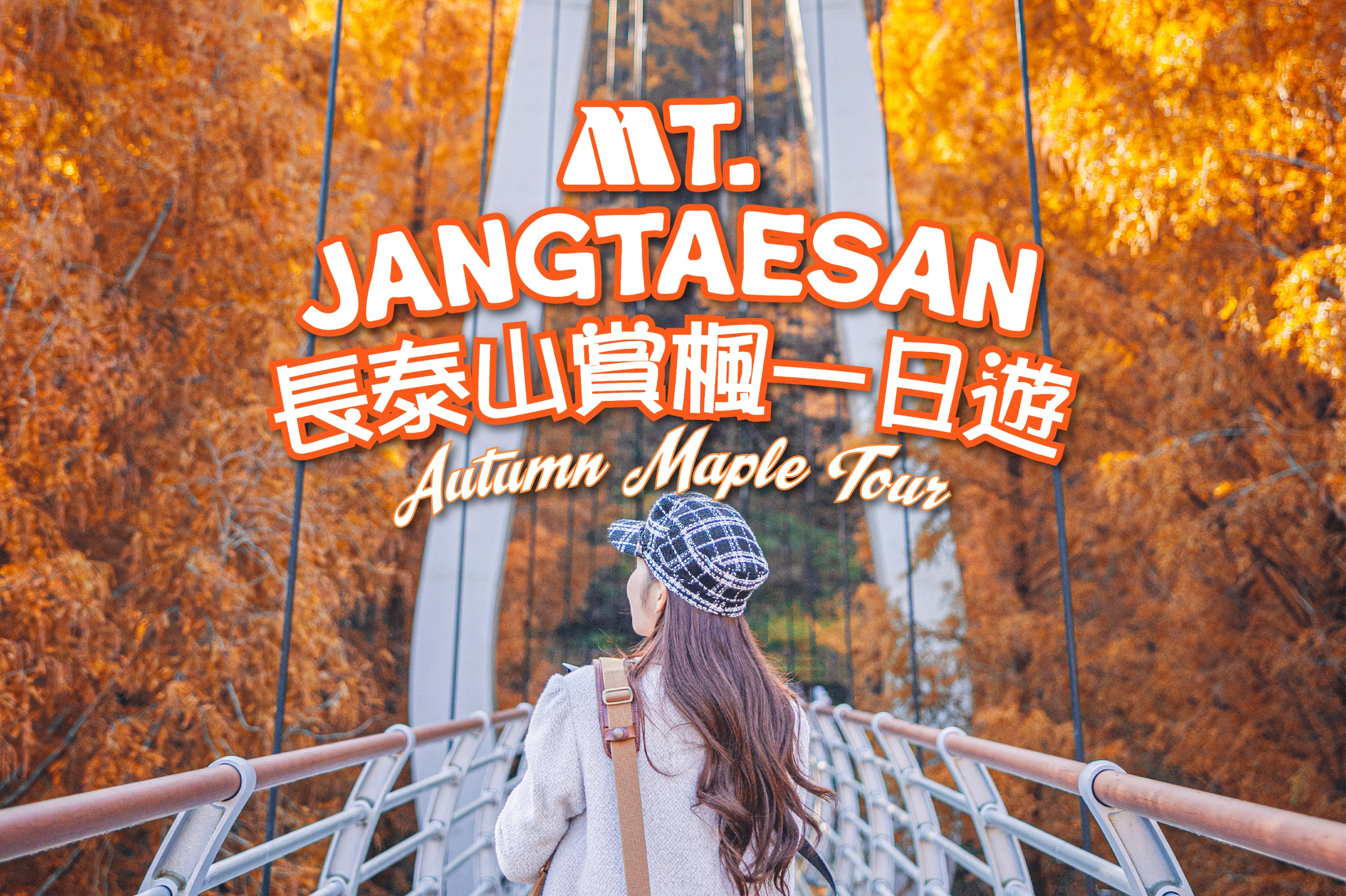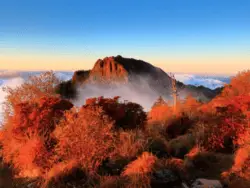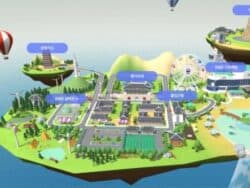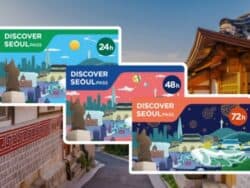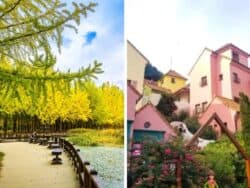This Free Walking Tour in Changdeokgung Palace takes visitors around Changdeokgung (Changdeok Palace), the second grand palace of the Joseon Dynasty, built-in 1405 by King Taejong (the 3rd king of the Joseon Dynasty). In 1592 the main palace, Gyeongbokgung, was completely destroyed by fire during the Japanese Invasion of Korea and Changdeokgung became the home of the Joseon court for 270 years. Changdeokgung was added to the UNESCO World Heritage List as being an outstanding example of Far Eastern palace architecture and garden design, except for the way in which the buildings are integrated into and harmonized with the landscape.
Detailed Information of Free Walking Tour Changdeokgung Palace
Length of tour: 2 – 2.5 hours
Meeting Place: Ticket booth by the main entrance of Changdeokgung
Tip: Experience programs offered by museums are not included in the walking tour. Participation in experience programs must be done individually once the tour is over.
Route:
- Donhwamun (Main Gate)
- Injeongmun Gate
- Injeongjeon (Throne Hall)
- Seonjeongjeon (Hall)
- Huijeongdang (King’s Private Residence /King’s Conference Hall)
- Daejojeon (Hall)
- Nakseonjae (Pavilion)
- Donhwamun (Main Gate)
Highlighted Attractions on the Tour
Donhwamun (Main Gate) Constructed in 1412 during King Taejong’s 12th year in power, Donhwamun, the principal entrance to the palace, was reconstructed in 1609 after being destroyed in the 1592 Japanese invasion. It stands as the oldest and largest existing royal palace gate.
Injeongjeon (Throne Hall) Serving as the ceremonial heart of Changdeok Palace, Injeongjeon hosted significant events such as king coronations, official gatherings, foreign delegate receptions, and royal festivities. Initially erected in 1405, it underwent reconstruction in 1610 following the Japanese invasion and again in 1804 due to fire damage.
Nakseonjae (Pavilion) Established in 1847 during King Heonjong’s 13th year, Nakseonjae functioned as the king’s private study, known as sarangchae. Its interior is distinguished by intricate and vibrant lattice designs.
IVK’s Top Picks – Day Tours, Tickets, and Travel Activities
Seasonal Picks!😍






